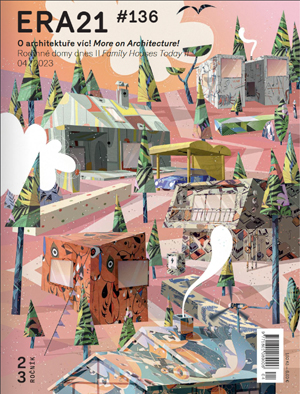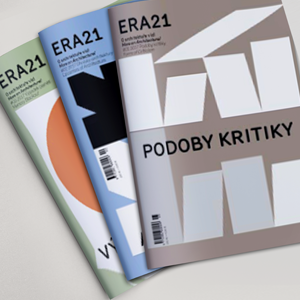Recently, there has been a building surge of new, so-called community centers, and not just in our country. One competition is followed by another. Local administrative representatives compete in who is going to have a more beautiful and more useful building for general purposes. Where does this phenomenon come from when the word “community” still sounds strange in our country?
If we look to the past, we may find various types of similar social “institutions,” though often reserved only for a certain group of inhabitants with specific interests: those were and are typically religious congregations, Sokol gyms, day-care centers, low-
-threshold facilities, clubhouses of various interest or sport groups, or cultural centers.
Today it seems that one of the big political issues of our relatively rich society is the enhancement of social cohesion, an increase in resilience and competitiveness across disciplines and groups of people. As citizens, we ask: How can we create communality in times of growing individualism and the preferred satisfaction of personal needs? How can we cultivate a rich social and cultural life from our own, often limited, resources? From the perspective of the local administration: How do we provide quality leisure time and inspiration for our inhabitants? How do we develop human potential and provide equal opportunities to those who are disadvantaged in different ways? How can we increase the quality of life of our inhabitants and set up further development of the community? And generally speaking: How do we create a strong and independent community of free people who are able to help each other and engage for others, routinely, not only in cases of need or emergency.
Thus, community architecture is a materialization of desire for social cohesion and close relations. A spatial reflection of what connects us.
Send e-mail back »

ERA21 vydává ERA Média, s. r. o. |
|
|
Phone: +420 530 500 801 E-mail: redakce@era21.cz |
|
| WEBdesign Kangaroo group, a.s. |